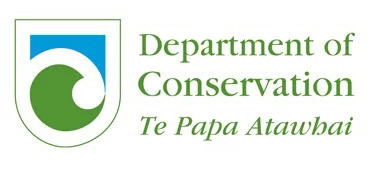A press release from Environment Southland May 2019.
A further discovery of the invasive seaweed Undaria pinnatifida at a new site in Fiordland was made in April. Divers on a joint agency compliance trip discovered one mature Undaria plant and several juvenile plants on the line of the wreck of the boat ‘Stella’ which is lying on its side on the shore of Chalky Inlet.
Although this the first find in this area, Environment Southland, the Department of Conservation and Biosecurity New Zealand, with support from the Fiordland Marine Guardians, have been working together on an intensive removal programme for Undaria in Breaksea Sound since 2010.
Environment Southland biosecurity and biodiversity operations manager Ali Meade said the latest discovery was very disappointing.
“We’re absolutely gutted to find more Undaria in Fiordland, however it’s very important that we don’t give up now as there’s still a chance to control it. We continue to urge vessel operators to be vigilant. When you come into Fiordland your hull and gear must be clean.”
A team of divers will be assessing the situation in May, before further actions are considered.
“We will send divers in to find out how much Undaria there is. We’ll survey as much of Chalky Inlet as possible, to see if this is an isolated pocket or whether we have a bigger problem.”
Ali said the latest discovery reinforces just how important it is for all boaties to abide by the rules of the Fiordland Marine Regional Pathway Management Plan to stop pests getting into the pristine waters of Fiordland. The plan requires all vessels entering within one nautical mile of the landward boundary of the Fiordland Marine Area to hold a Clean Vessel Pass and to comply with clean vessel, clean gear and residual seawater standards.
Fiordland Marine Guardians chair Rebecca McLeod said visiting Fiordland is an absolute privilege and boaties need to be particularly vigilant when they travel into the fiords.
“Undaria is just one of a number of marine pests in New Zealand waters and we need to make every effort to reduce the risk of anything being carried into the area.”



